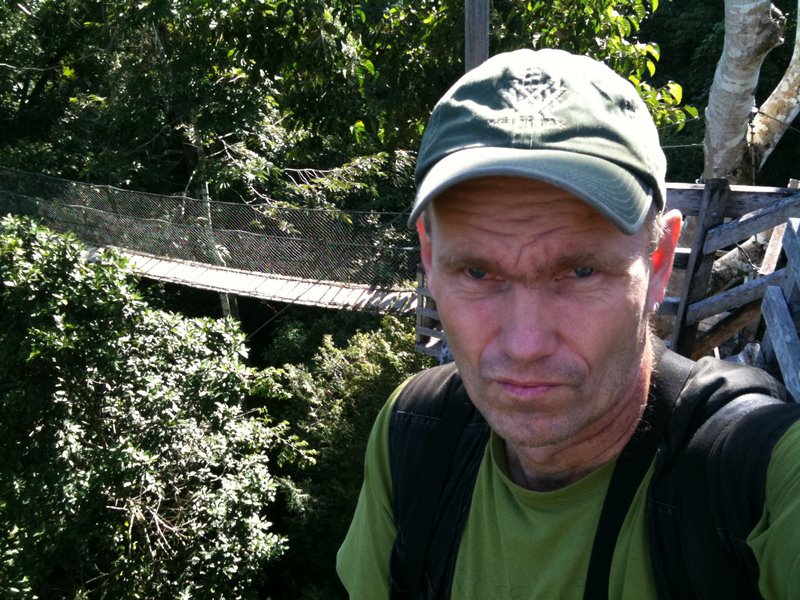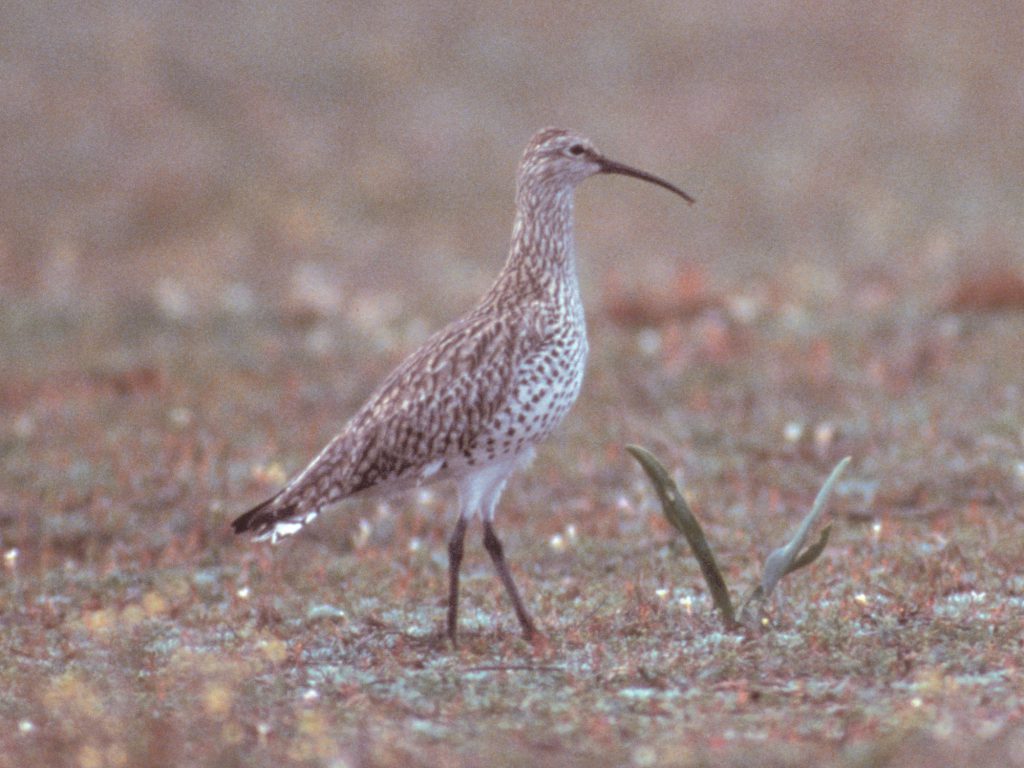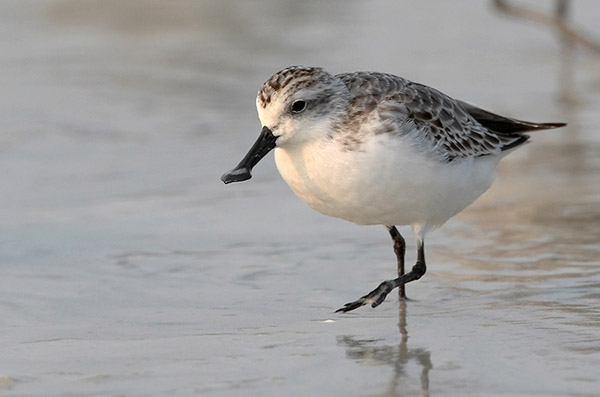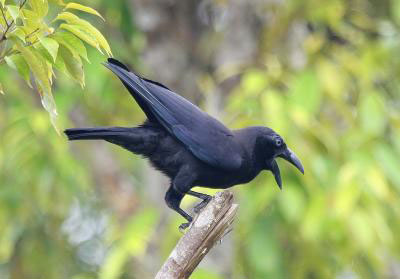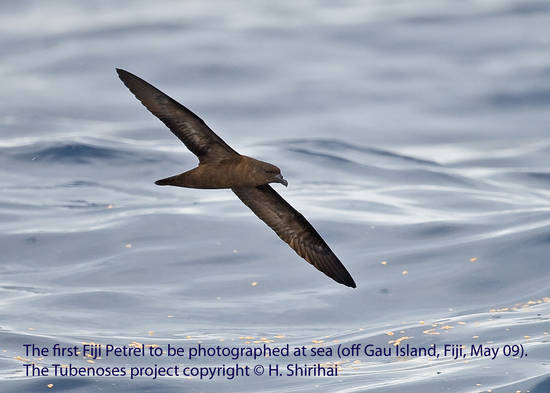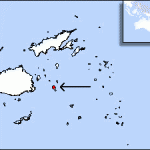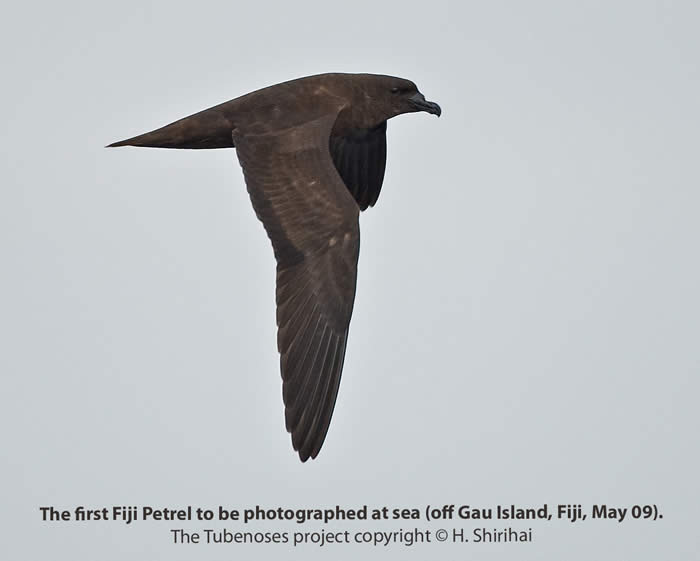Amarakaeri – birdwatching next to Manu flashback.
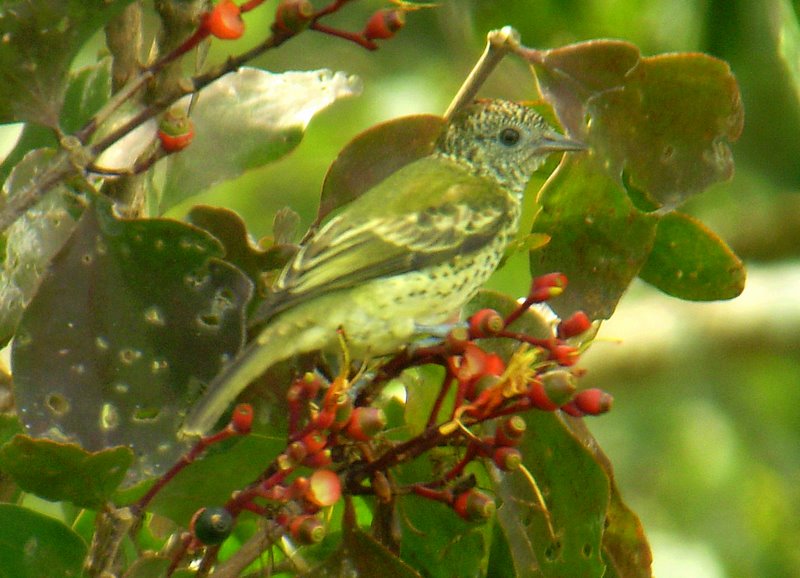
Sharpbill. Canopy tower at Blanco Lodge. Maybe the first record from Lowland Manu? Photo: Alex Durand
Some of you may recall my post from last year about the communal reserve Amarakaeri and how we Kolibri Expeditions were going to start using the community owned lodges in our itineraries for birders. Don’t remember? Check out this. Birdwatching in Communal reserve next to Manu.
In short:
- 8 indigineous communities of 3 ethnical groups Yine, Matsiguenka and and Harakmbut form the communal reserve Amarakaeri in
- They receive aid for various projects in managing the reserve including the donations of at least 400.000 dollars to build 4 lodges. (I am a bit uncertain of the total,but this is more or less the money spent on building the lodges).
- They formed a communal eco-tourism company called Wanamei.
- Although they did get a lot of guidance and training work-shops by the funding non-profits, they still have difficulty reaching the market and providing a product that stands out compared to the many already established tour operators in the Manu area. They had no commercial partner.
- And this is where Kolibri comes in. Our idea: They could become prime birdwatching lodges with trained native local resident guides. No lodge in Manu have resident guides. Eventually, they should step away from being “cheap” lodges, but rather high-end, but that is a different project all together. Birding helps the initial marketing efforts.
Disclaimer.
Although, our interest may sound altruistic, there is obviously also a thought that it will be a good business venture for Kolibri Expeditions. We currently only run some 6 birding tours per year to the Manu area and with this low volume it really does not make much sense to operate our “own” lodges. We could of course play it safe and just keep on doing what we have done so far. Most people I talk to warn me to try to work with communities. The sensible thing to do is to continue do a good job and slowly but surely through our successful trips build our reputation. For that business model we don’t need to own or manage any lodges. Kolibri needs to grow just a little bit to be able to maintain stafff of 5 full-time at the office and 5 birdguides.
To me, doing the” right and correct” becomes a bit boring. I have been told that our “rough” birding expeditions to new areas risk to spoil our reputation, as things always don’t go as planned. It is true. We are taking a risk. But it is fun to expore new areas and we can build new awareness when we visit. I sure would like to see Carpish and Satipo road as prime birding destinations in the future. If we don’t promote these areas who will? Finally, we have managed to get a conservation project started on Satipo road together with Rainforest Partnership.
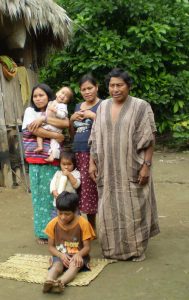
Shaman Mateo and his family at Centro Medicina Tradicional (CMT). Photo: Alex Duran
Our collaboration with the Amarakaeri may or may not be a way for us to enter with our “own” operation in the Manu area. It is an alternative way that feels right. Most, if not all other commercial companies are not interested in investing in or working with the communities, as there are no guarantees for the investments they make. Many contracts have been broken and many intentions have failed in the past.
But there are facts that still make this interesting. First of all for most operators of birding tours, owning a lodge would be more of a headache than an asset. The costs are enormous and the payback slow. However, here most of the infrastructure is already there. Relatively small investments are needed that can be covered by small donations. For further development, we shall persuade conservation and sustainable development non-profit agencies and NGO:s to invest in infrastructure that will be fully owned by the communities against a committment of conservation and sustainable development. This way, the commercial risk for us will be relatively small. We will be a marketing vehicle for the communities. I have no idea if this will work, but it would be a shame not to try. If it works it shall be a feather in the cap for us and of great satisfaction. Hopefully, we shall make enough goodwill, to grow from a very small company that runs max 6 Manu trips per year, to one that runs Manu trips every week. In the process we are also helping out the local communities giving them a sustainable alternative.
Amarakaeri updates
Since I wrote the linked blogpost on Amarakaeri above, there are some important news.
- I took the idea to develop these lodges to a high end lodging operation. The idea was that the lodges should eventually become highend luxury lodges, because only as such can the sustain a large number of community members and give substantial income. This would need rather large investments, but after some initial marketing as prime birding lodges it would be the logical step to take. A commercial partner from start experienced with luxury lodging would be desirable. However, soon I realized what I mentioned above. They are interested in the area, but would not like to have a partnership without having actual ownership of the investments. Therefore, I have changed strategy and now build this campaign on the social media platform and with the help of donations by NGO:s and individuals to cover necessary investments on short and medium term. RainForest Partnership of Austin, Texas that are now starting an eco-tourism/conservation project on Satipo road in Central Peru has expressed interest in this project as well.
- Two of the lodges – the best ones for birding – Charro and Blanco- are deserted and not in operation as I write this. The last rains got some of the gear wet and it has been destroyed, and since there were hardly no booking, the clearing has overgrown. Cost to get them going is around 6000 US$ dollars in total. We are setting up some promotional trips from December, 2009 to raise the money needed. Kolibri is also sending a volunteer this month to get the lodges in top shape prior to our first trip. I am also looking for ways that people can donate directly.
- More than half of the park is threatened by oil-exploits by Hunt Oil. Read this link now: https://digg.com/d3117ML. While there may not be much one can do about this, there should be a lot of eyes inspecting the actions and voices to be raised when/if the prospecting is too damaging. Having an alternative industry such as eco-tourism will possibly not save the reserve from oil exploition, but will ensure that it is done in the most sustainable way. Of course, for the sake of conservation and for the eco-tourism in the area, I hope that no fossil fuels will be found and that Hunt Oil will loose interest in the area. While it may be possible to actually get oil out in a sustainable way, we have yet to see examples made in practice in Peru. Hunt Oil has not got a good track record regarding the natural gas in Camisea.
In any case, many of the indigenous groups are forming resistance. The battle have just begun and your support for an alternative sustainable showcase both for the community as well as the rest of the world in more urgent than ever.
Our strategy.
- Volunteers. A volunteer is initially expected to cover his/her own costs and that of a native assistant. This cost is around 20-25 dollars per day. When groups enter food costs are being covered. Eventually, when the project is running fully, volunteers will have food costs accounted for. Minimum stay is one month.
- Bloggers promotional trips. We have invited some of the top nature and bird bloggers on our monthly fixed departures running from December 2009 to December 2010. Each participant on this trip automatically donates $100 to the project.
- Donate directly. If you donate $100 to this project we grant you a $100 discount on your next trip with Kolibri Expeditions lasting more than 7 days. This is a win-win offer. Only valid for new bookings as of per today.
This way it should be possible to get the lodges up and running. When they are functional, they will also be more interesting for other operators using them.
What you should expect visiting the community lodges of Amarakaeri!
You should expect the unexpected! Then your mind is set at the right level. The lodges are remote and they are logistical nightmares to run. We have had some incidents that most birders would not bother too much about as long as they see birds. Some of these inconveniences listed here have happened in the past and may happen on your trip. I also supply solutions to these “disasters”.
- run out of tea – drink coffee or chocolate or stock up on a secret supply.
- run out of coffee – not at the same time as we ran out of tea.
- shower curtain missing at Blanco Lodge – shower with your clothes on or in the dark
- too few candles -bring a flashlight and plenty of batteries
- no mineral water in the end and had to rely on boiled or treated water – bring purifying pills or a filter bottle just in case.
- a missing towel – bring your own
- a lodge did not have soap – bring your own.
- the generator did not work so batteries could no be loaded – Bring plenty of batteries and consider a suncell charger. UPDATE: Kolibri has purchased a small generator.
Obviously, we will do our best to anticipate so that these problems do not happen, but if one such problem does emerge there is not much you can do except accepting the situation and make the best of it. That is why you need to have an open mind and understand that logistics here are difficult.
As for the birds you should see close to 300 species on this trip including the Macaw lick at Blanquillo. There are 12 species of primates regularly seen. Giant Otter is a speciality of the area. Tapirs are often seen in the dry season. Harpy Eagle can be seen at a nest for an additional charge of 50 US$ (this is not our operation and is paid at the spot) near Puerto Maldonado.
Your next step is to tell me when you want to go.
Carpish-Satipo road add-on.
I have already talked much about the community project on Satipo road that we are developing. By adding Satipo road and the Carpish area in Central Peru, this pretty much replace the need to do Manu road more extensively prior to the Manu trip and it saves you money. All together it will give a great and very complete 17 day trip with possibly over 600 species. One may through in a daytrip in Lima in between.
A 17 day blogger program would look something like this.
Day 0. Arriving in Lima. Some birding in Lima if time permits. Flight at 13.55 to Cusco allows to bird Huacarpay in the afternoon. Alternatively, with a very early flight you may make a one day Machu Picchu visit.
Day 1-8. Manu community lodges. On arrival in Lima some birding nearby.
Day 9. Pelagic or Lima day tour. Night bus to Satipo
Day 10-17. Satipo road and Carpish. Program forthcoming, but it would include Golden-backed Tanager, Junin Grebe, Diademed Sandpiper-Plover and White-bellied Cinclodes.


